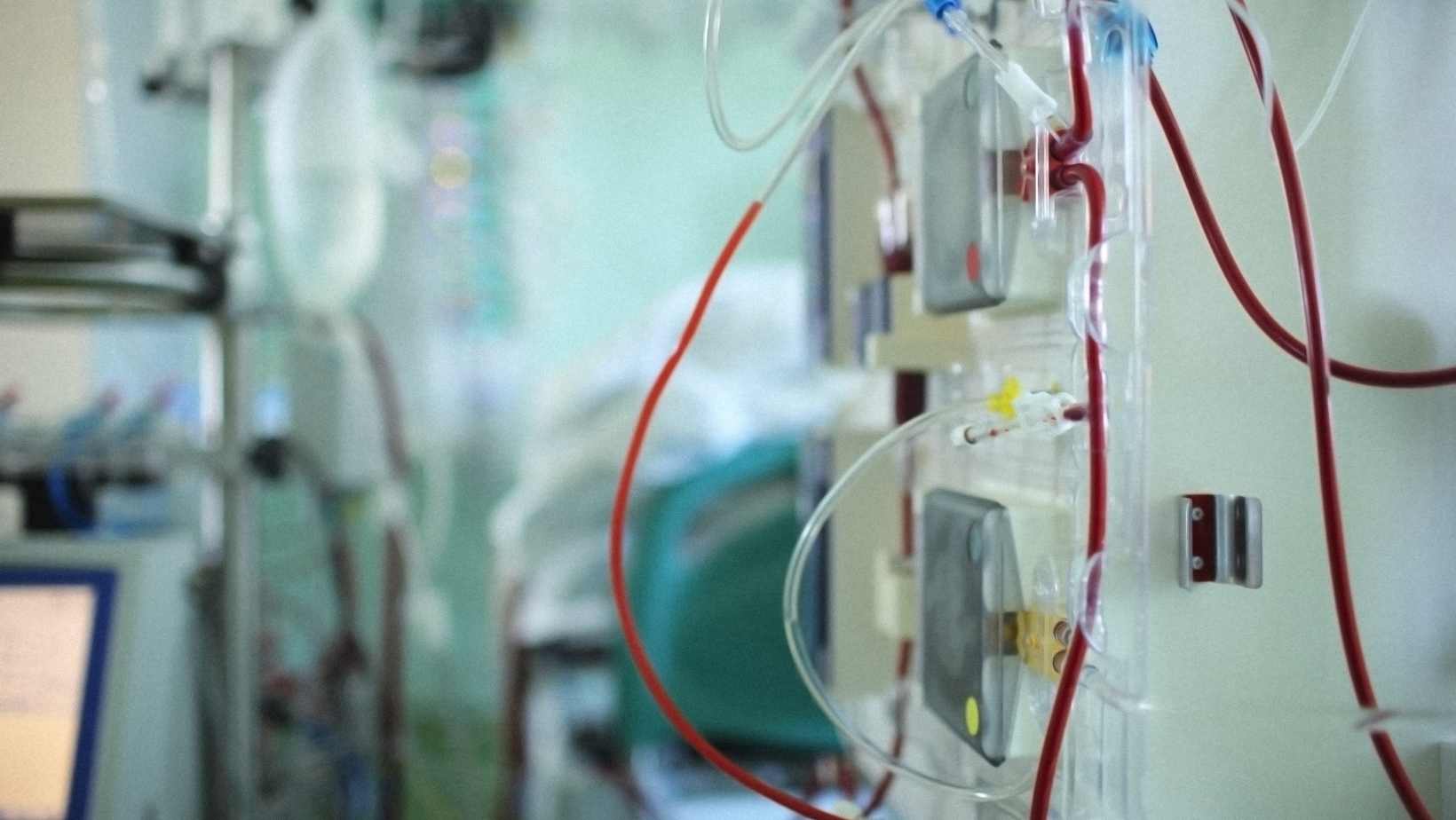The Complete Explanation: How Many ML is in a Unit of Blood?

Curious about how many milliliters are in a unit of blood? Well, let’s dive right in and explore this topic. A standard unit of blood typically contains around 450 milliliters (ml) to 500 ml. This volume may vary slightly depending on the specific guidelines and protocols followed by different healthcare institutions or blood banks.
Understanding the measurement of blood units is crucial, especially when it comes to medical procedures such as transfusions or donations. Each unit of blood plays a vital role in helping patients who require additional support due to various health conditions or emergencies.
Now that we have clarified that a typical unit of blood contains approximately 450 ml to 500 ml, it’s important to note that this range serves as a general guideline. Precise measurements may differ based on regional standards and individual circumstances. Regardless, the primary aim remains the same: providing life-saving resources through safe and carefully measured units of blood.
How Many ML is in a Unit of Blood
The Basics of Blood Units
When it comes to understanding the volume of blood in a unit, it’s crucial to grasp the basics. A unit of blood refers to the amount commonly collected during a single donation. In most cases, this amounts to approximately 450 milliliters (ml) or about 1 pint. However, it’s important to note that the volume can vary slightly depending on various factors such as the collection method and country-specific standards.
Why Blood Units are Important
The use of standardized blood units plays a vital role in ensuring efficient and effective transfusion practices. By measuring blood in consistent units, healthcare professionals can accurately assess patient needs and administer appropriate quantities for transfusions. This standardization helps prevent errors and ensures patient safety across different medical facilities and regions.
In addition, knowing the exact volume of blood in a unit allows medical professionals to calculate dosage requirements for specific treatments or procedures accurately. Whether it’s determining the right amount for surgery or managing patients with certain conditions like anemia, having precise measurements is essential for delivering optimal care.
How Blood Units Are Measured
Blood units are typically measured using either milliliters (ml) or cubic centimeters (cc), which are equivalent measurements. These units provide a standardized way to quantify blood volume and allow for consistency in medical practices worldwide.
To give you an idea, here’s a breakdown of common volumes used when referring to different components within a unit of blood:
- Packed Red Blood Cells: Approximately 200-250 ml
- Platelets: Around 50-60 ml
- Plasma: Roughly 200-300 ml
It’s worth noting that these values can fluctuate slightly depending on specific collection methods and processing techniques employed by different healthcare organizations.
Understanding how many milliliters make up a unit of blood is crucial for medical professionals involved in transfusion medicine as it ensures accurate dosing, promotes patient safety, and enhances the overall quality of healthcare delivery. By standardizing blood units, healthcare providers can effectively manage blood resources and ensure that patients receive the appropriate amount of blood products for their specific needs.
Remember to always consult with a medical professional or refer to official guidelines for precise information regarding blood units in your region.

The Volume of a Blood Unit
When it comes to understanding the volume of a blood unit, one key question that often arises is “how many ml is in a unit of blood?” Let’s dive into this topic and shed some light on the matter.
To put it simply, the volume of a blood unit can vary depending on various factors such as the country or region you’re in. In general, however, a standard unit of blood typically contains around 450 milliliters (ml) to 500 ml. This volume is carefully measured and regulated to ensure consistency and safety during transfusions.
It’s important to note that while these numbers provide an average range for the volume of a blood unit, there may be slight variations due to different collection methods or specific medical requirements. Additionally, certain healthcare facilities might have their own protocols regarding the size of a blood unit.
Understanding the volume of a blood unit is crucial for healthcare professionals as it allows them to accurately administer and track transfusions. By knowing how much blood is being transferred during each procedure, medical teams can ensure patients receive the appropriate amount for their specific needs.
In summary:
- The average volume of a standard blood unit ranges from approximately 450 ml to 500 ml.
- Variations may exist based on geographic location, collection methods, and facility-specific protocols.
- Accurate measurement and tracking are essential for safe and effective transfusions.
By having clarity on how many milliliters are present in each unit of blood, healthcare providers can uphold high standards when it comes to patient care and maintaining optimal health outcomes.




